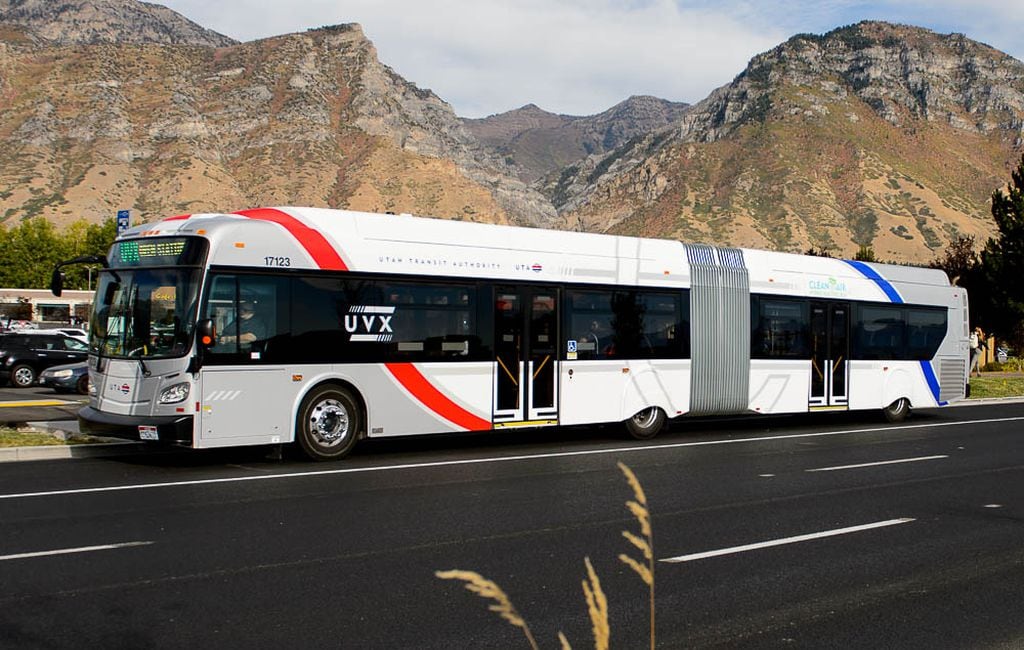

One-way fare for the bus and train is $2.50. Bus stops are located on the curb outside of the terminal.

There is no bus service on weekends or holidays. Route 551 provides limited service from the airport to the International Center on weekday mornings, and from the International Center to the airport on weekday afternoons and evenings. UTA's Route 453 from Salt Lake City to Tooele and Route 454 from Salt Lake City to Grantsville provide limited service to the airport on weekdays. 11:37 p.m., arrives and departs every 30 minutesĬlick here for more information on UTA's Green Line. 11:25 p.m., arrives and departs every 30 minutes Passengers should exit door 1A and go east. The Airport to TRAX station is located on the ground level outside the terminal on the east side. Join thousands already receiving our daily newsletter.Public transportation to and from the Salt Lake City International Airport is provided by the Utah Transit Authority (UTA). More information on Free Fare for Clean Air can be found at.

“This program has helped gather crucial data that our state policymakers can use to create comprehensive policy solutions for mitigating air pollution and promoting Smart Growth in the Wasatch front.”įree Fare for Clean Air is done through a partnership with the Utah State Legislature, the Utah Department of Environmental Quality, Utah Clean Air Partnership and the Healthy Environment Alliance of Utah. “The Healthy Environment Alliance of Utah is excited to continue partnering with the Free Fare for Clean Air days,” said Lexi Tuddenham, Executive Director of HEAL Utah. When unhealthy pollution levels are forecast, the Division calls a Mandatory Action Day, which indicates critical periods when Utahns should avoid high-emitting activities. The Division of Air Quality constantly monitors Utah’s air shed to identify when levels of ozone as well as particulate matter are unhealthy. The decision to declare free fare days is coordinated between UTA and DEQ based on science and health risk, according to UTA information. We’ve seen that when we remove barriers to using public transit, people will make the choice that reduces pollution and improves quality of life all around.” “Vehicles are the largest contributor to Utah’s air quality challenges along the Wasatch Front. “Summertime ozone pollution is not something we can see like our winter inversions, but over the past few years some of our worst air quality days have been in the summer months,” said Department of Environmental Quality Executive Director Kim Shelley. The Free Fare for Clean Air program is part of a science-driven effort to improve air quality along the Wasatch Front by helping encourage more people to consider using public transit as an alternative to driving, according to a UTA press release. The air quality benefit increased significantly during February - as much as 67% according to UTA’s analysis.


 0 kommentar(er)
0 kommentar(er)
